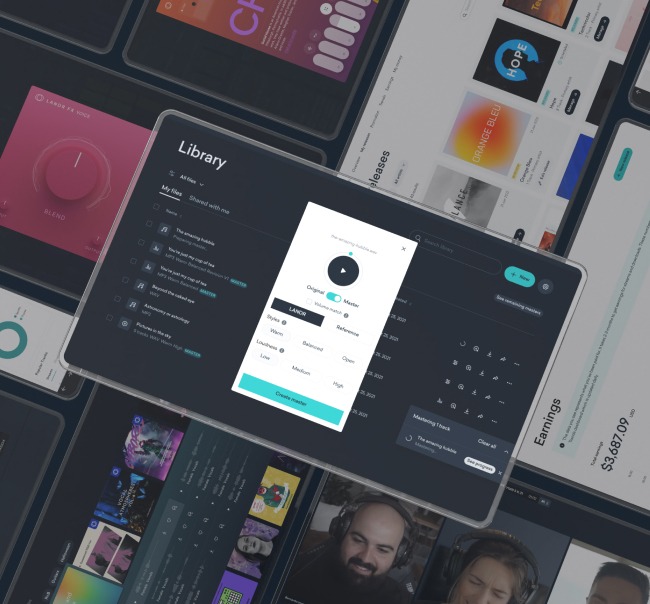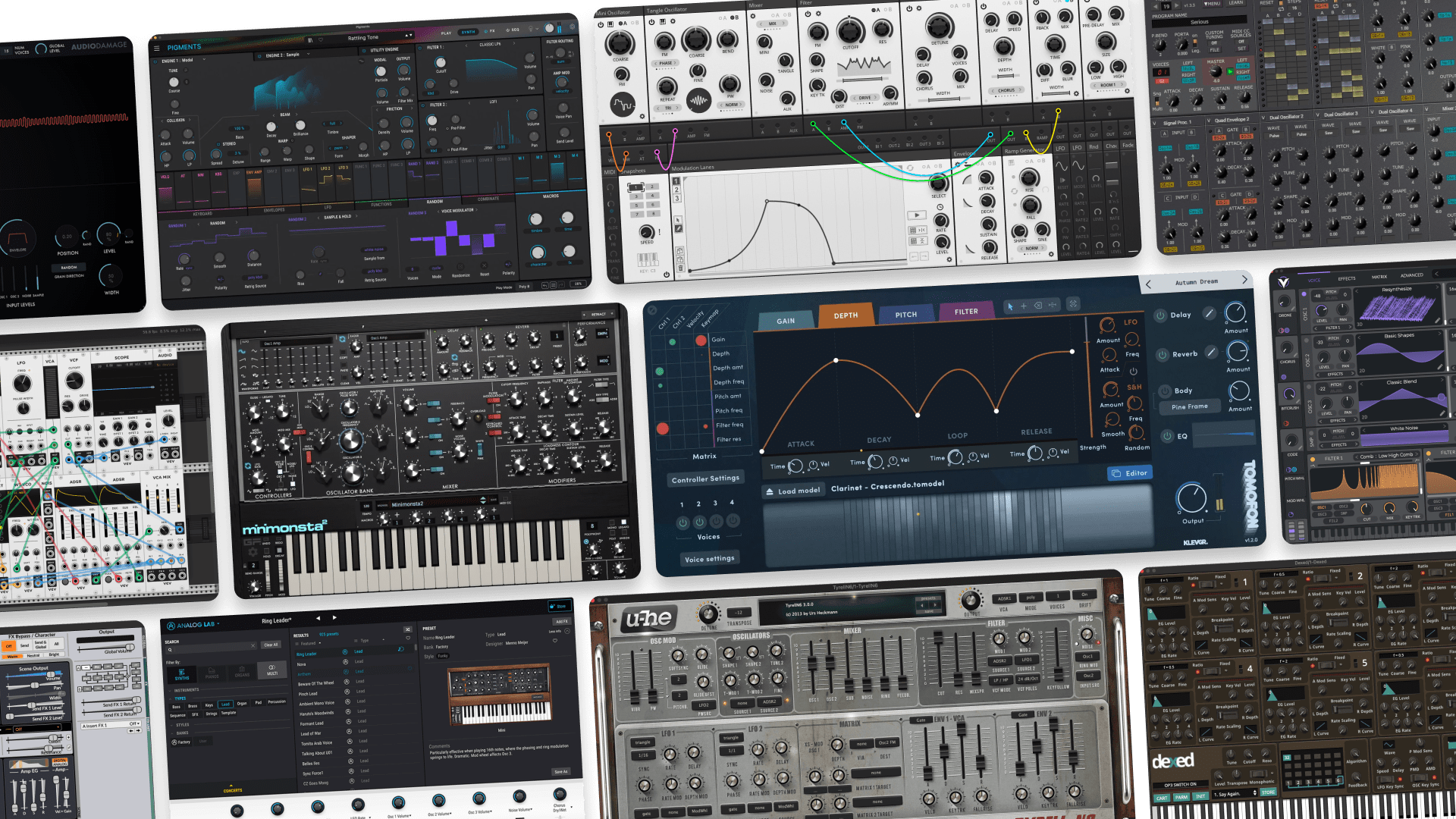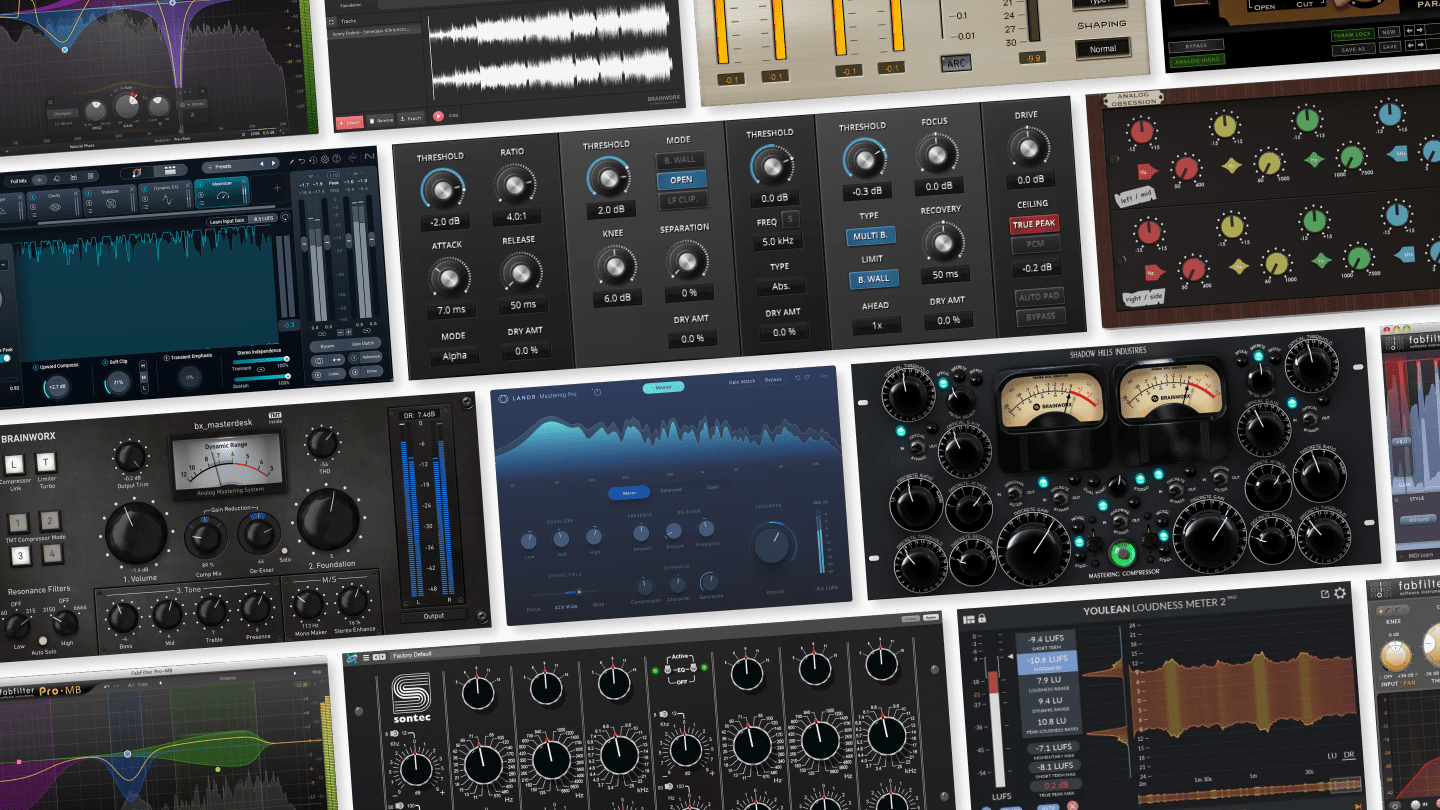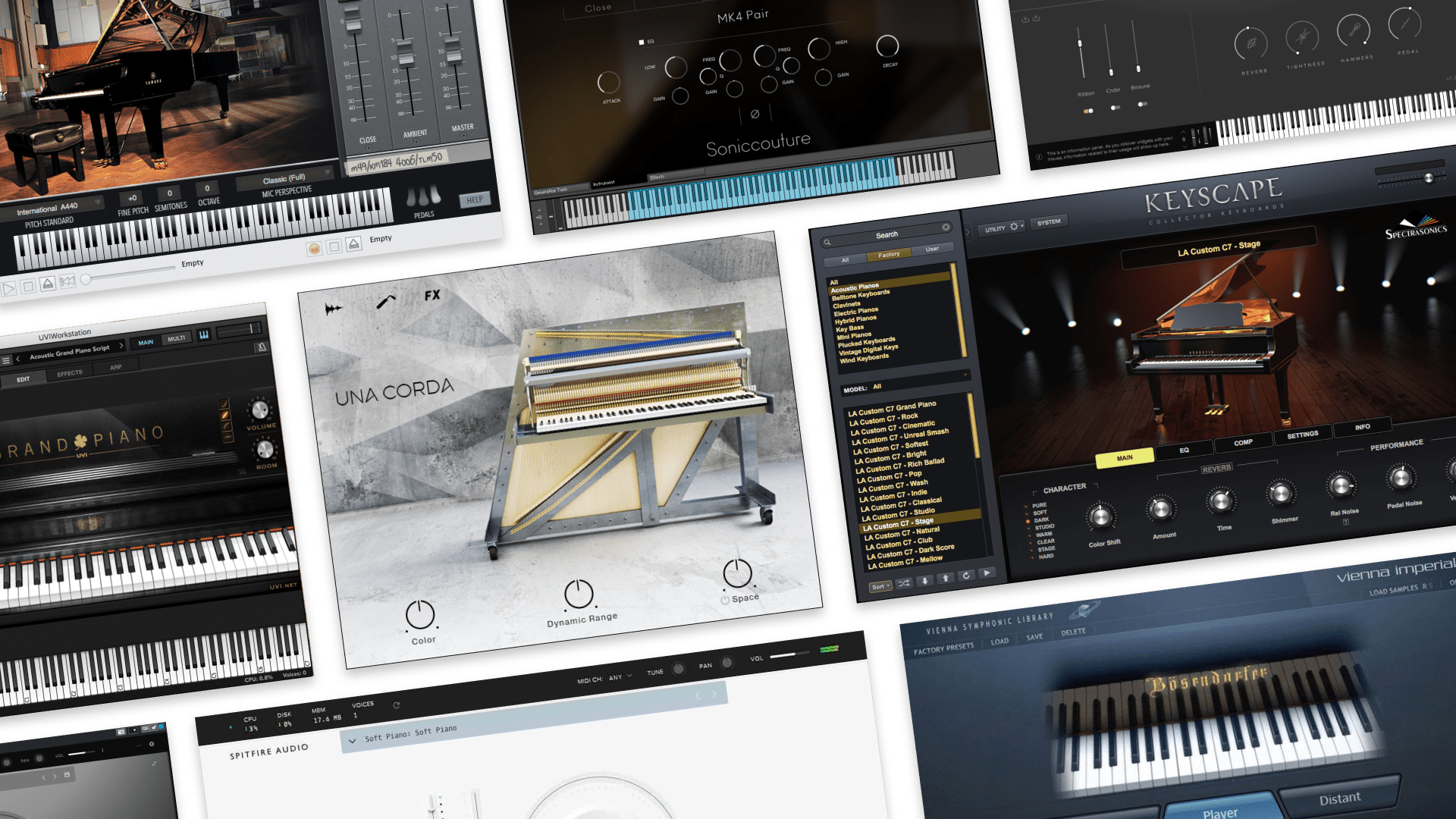
Why Producers Should Learn to DJ (and How to Get Started)
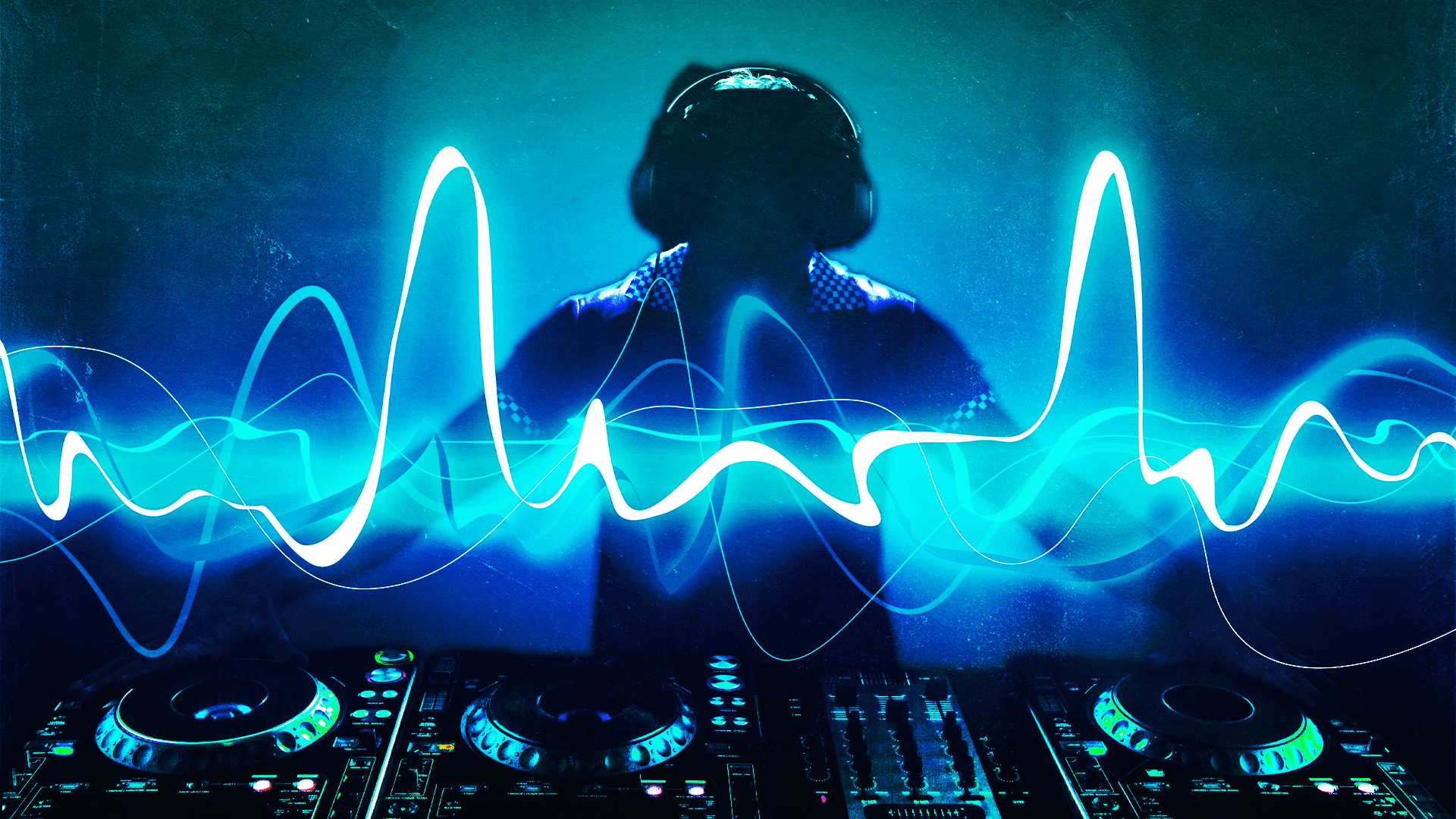
You know how your track sounds in the studio. You’ve listened to it on your monitors, in the car, maybe on a friend’s system. But nothing compares to seeing how people react when they hear it in the moment.
That’s where DJing comes in.
DJing is about taking music you already love, whether it’s your own tracks or someone else’s, and mixing it all together so it flows as one. A good DJ controls the energy of a room and keeps people engaged and dancing.
For producers, learning to DJ opens up a new side to making music. You can test your own work on real audiences, understand how songs work in a live set, and connect with listeners in a way that’s hard to do from the studio alone. And it’s never been easier to try it for yourself.
In this guide, we’ll look at why DJing is worth adding to your skill set and how to take your first steps.
What DJing Really Means
At its heart, DJing is about taking music that’s already been recorded and shaping it into a continuous, engaging flow for people to enjoy. That could be on a festival stage, in a club, on a radio show, at a wedding, or even streaming live from your bedroom.
More than anything, DJs are there to curate the “vibe” of a venue while responding to the feeling of the crowd and giving them exactly what they want, or even something they don’t know they want that still gets everyone dancing.
Behind the decks, DJs work to create a continuous blend of music. They do this by playing two (or more) tracks together, matching their tempos and mixing them together using EQ, faders and effects.
If you’re a producer, you already have an advantage. You understand how tracks are built, how different sections change the mood, and how tempo and rhythm shape the energy. DJing brings those skills into a live setting, where you can bring a new performance element to your music.
The Benefits of DJing for Music Producers
For producers, DJing is more than a side skill. It can make your music better, help you understand how it works in different settings and open doors to new opportunities.
Creative benefits
Testing your tracks before release is one of the biggest advantages. Playing an unreleased song in a set lets you see how people react. You can spot which parts work well, how the energy in the room shifts, and which parts might need changing.
It also helps you improve your arrangements. When you understand how music flows in a live set, you start to think differently about how you structure your music for maximum impact.
Digging for tracks to play can expose you to different genres and styles you might not normally explore. This can lead to discovering new ideas that influence your own music.
You also get the chance to check your mixdowns. Hearing your music on a proper sound system alongside other professional tracks can reveal how it stacks up in the real world.
Career and growth benefits
DJing opens up more chances to perform, whether at clubs, festivals, private events, or live streams.
It also helps you build stronger connections. Meeting promoters, other DJs, and event organisers can lead to opportunities that go beyond the DJ booth.
Live sets are a powerful way to grow your audience. They offer a chance to introduce new listeners to your music.
Finally, DJing gives you better content. Clips from your sets make great material for social media, helping you promote both your performances and your releases.
How to Take Your First Step into DJing
If you have never DJed before, the good news is that it has never been more accessible. You do not need expensive club gear to try it out. In fact, you can start with nothing more than free DJ software on your phone, tablet, or laptop, and a set of headphones. Many apps even work with streaming services, so you can experiment with mixing using tracks you already love.
1. Pick your platform
There are plenty of DJ apps out there, and most have free versions that work on both mobile and desktop. Our top picks are Rekordbox (the industry standard for pro gear), Serato DJ Lite, and Algoriddim djay. They all give you the tools to perform, also helping you manage and organise your music library.
Before you choose, think about which streaming services you already use and what hardware you might want in the future, then check what’s compatible with what. The core features are broadly similar across most platforms, but some finer details may be different, so look into what might be important for the way you’d perform and then try out a couple of options.
2. Try it with what you have
You can start mixing on whatever device you already own. A phone, tablet, or laptop is enough to get a real feel for the basics. If you enjoy this and want more hands-on control, you could think about adding an affordable beginner DJ controller such as the Pioneer DDJ-FLX4.
This gives you actual physical jog wheels, faders and performance pads, allowing you to do much more “real” DJing and will feel more physically intuitive, fun and engaging. But to begin with, don’t get carried away with the gear until you get the basics down and know this is something you love.
3.Build a starter playlist
Your playlist is your DJ toolkit and is the number one thing that makes you stand out, so choose tracks that make you excited to mix. At first, aim for something manageable, like 10–15 songs that you can really know inside out.
You’ll likely want to go for a mix of your own productions alongside other tracks that share a similar energy or vibe and could mix well. You can source music from download stores like Beatport, stream from services supported by your DJ software, or even get free legal downloads from smaller artists and labels on platforms like Soundcloud.
The Core Skills Of DJing
Your first time DJing is just about getting a feel for how two songs can connect. That means that while one track is playing, the next is cued up and ready. Your job is to bring them together and blend them so the energy doesn’t drop, and it all feels smooth and coherent.
At the core are two simple ideas. Let’s break them down.
Beatmatching is matching the speed of the tracks so their beats hit together. Your DJ software can do this automatically, but learning to hear when things are slightly off and fixing them yourself will give you more control.
Mixing is the blend itself, moving from one track to another, so it feels natural. That means adjusting volume, shaping the sound with EQ or using effects and filters to create the blend.
As a producer, a lot of this should feel familiar. You already understand tempo and how it affects the energy of a track. You know about the arrangement and where sections of tracks change, build, or drop. You’ve probably spent time balancing elements in a mix so they work together. DJing uses those same instincts, just in a live setting where you’re working with full tracks instead of individual elements.
What’s different is the instant feedback. In the studio, you can loop a section as long as you need to get it right. Behind the decks, you only have one chance to nail it as the music keeps moving.
To get a taste of how to pull off your first transition, check out this video tutorial from Crossfader, taking you through everything you need to know to start mixing on your phone.

Apps like Rekordbox make it easy to practice DJing on your phone!
How To Learn To DJ
There are countless tutorials and videos online showing how to do all sorts of different DJ techniques. This isn’t necessarily a terrible way to start learning, but the issue is without any sort of structure or plan to it, it’s hard to make any real progress and properly level up your skills.
That’s why our choice for learning to DJ is Crossfader. They’ve got loads of in-depth step-by-step courses that take you through all the skills you need to know, in a way that naturally builds on what you’ve already learned, so you can learn faster and get the skills that you really need, rather than just fancy tricks.
They’ve also got a wide range of different courses covering all kinds of genres, equipment and skill levels, so no matter where you are in your journey, they’re there to support you. When you sign up to Crossfader for free, you’ll get a customised learning journey that maps out exactly what you need to learn to take your DJing to the next level, including mixing skills and career advice.
Gear guides, tips, tutorials, inspiration and more—delivered weekly.
Keep up with the LANDR Blog.
